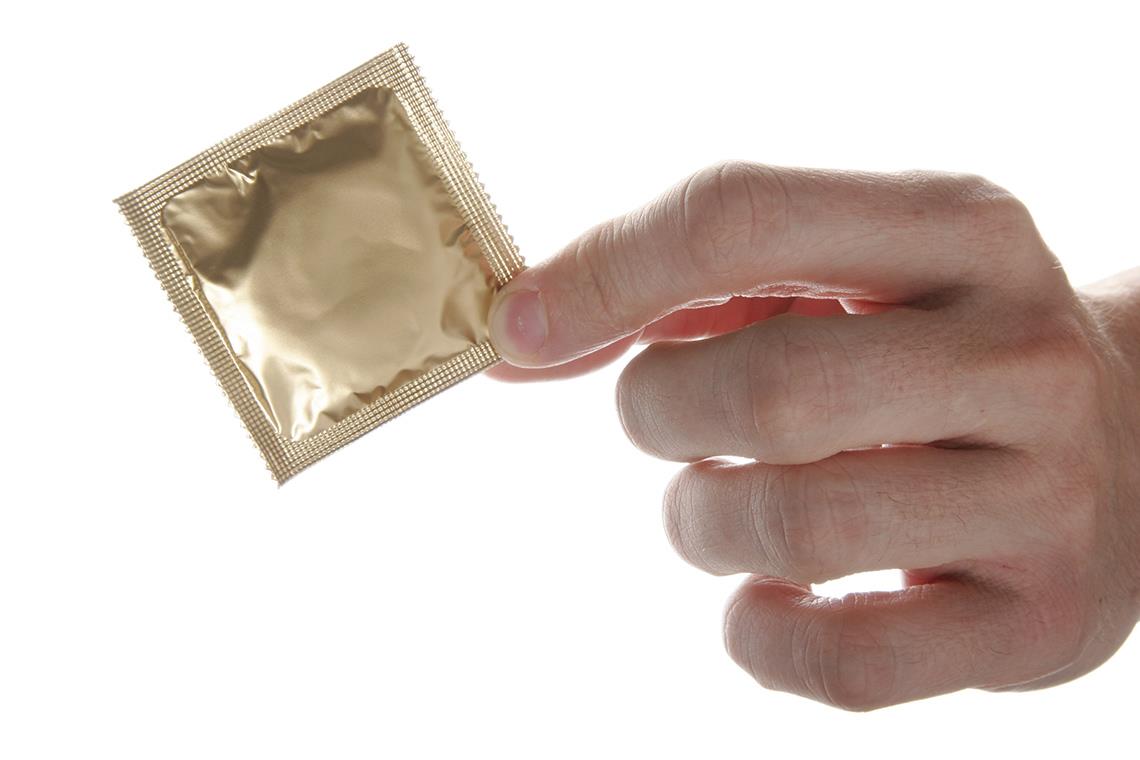
Avoidance, not abstinence…
Condoms can help prevent unwanted pregnancies and also a host of STDs. So if you are deferring having sex for fear of pregnancy, you can stop doing so.
Sex is an essential and natural part of every person’s life. But despite a wealth of knowledge already present on the subject, there several misconceptions and wrong behaviours associated with the sexual act. The most common misconception is that a woman may not get pregnant if the male partner withdraws his penis just before ejaculation.
This method of premature withdrawal was used down the ages to prevent pregnancies, at a time when birth control options were limited. Another misconception is that a woman may have sex only on ‘safe days’ of the month, i.e. when she is not ovulating. But disaster may strike if the woman counts the days wrong, or if she ends up having sex during her fertile time of the month.
There are umpteen options for birth control today, so abstinence, premature withdrawal and ‘safe day’ sex are outdated in today’s times. The simplest thing to do if you want to avoid a pregnancy is to use a condom.
Can a condom help avoid pregnancy? Certainly, if the condom is worn properly, it is not torn during sex, and if one has taken care to use water-based lubricants. When worn properly and if the condom is the right size, condoms are quite effective.
So how do I wear the condom correctly? Pinch the tip of the condom, known as the ‘teat’ before you wear it. This removes any air trapped at the tip, and which can cause the condom to burst on the erect penis. Tear the packet lightly to remove the condom, and roll it completely down your erect penis gently. After you have finished having sex, hold the base of the condom while withdrawing your penis so that you don’t spill ejaculate anywhere. Wrap the condom inside tissue paper and dispose of in the trash.
How effective is the condom? No condom ever provides 100% success against unwanted pregnancies, but when you wear the right one, the success rate of the condom can be up to 98%. Also, its utility is not restricted only to preventing pregnancies but to how safe the condom is. Condoms must be used to stave off STDs (Sexually Transmitted Diseases) and STIs (Sexually Transmitted Infections). Though condoms may prevent STDs occurring due to the exchange of bodily fluids, they cannot prevent rashes and infections transmitted by skin not covered by the condom, such as the base of the shaft, or the testes.
Which kind of lubricants are a strict ‘No’? Use only branded water-based lubricants that do not harm the condom in any way. Stay away from oil-based lubes, coconut oil, baby oil and petroleum jelly – all of these break down the condom structure and cause tears.





















